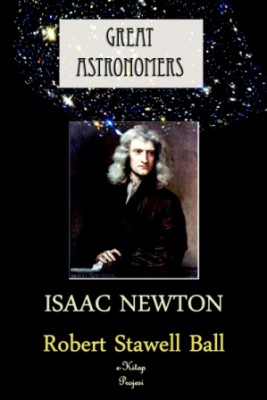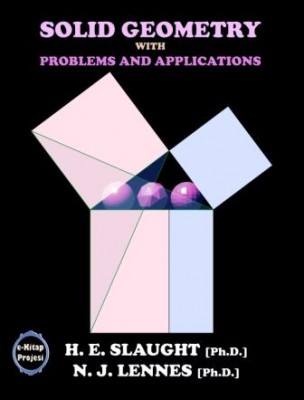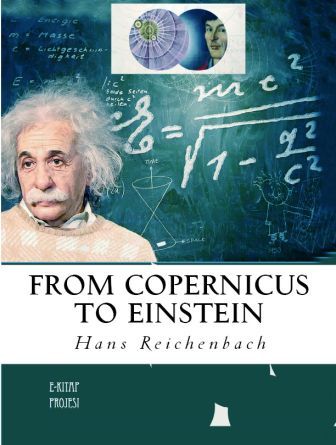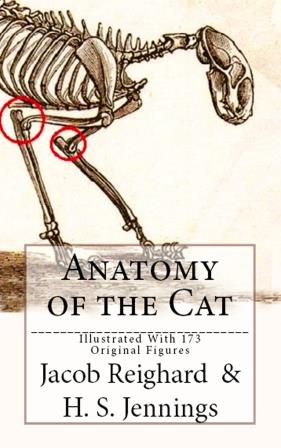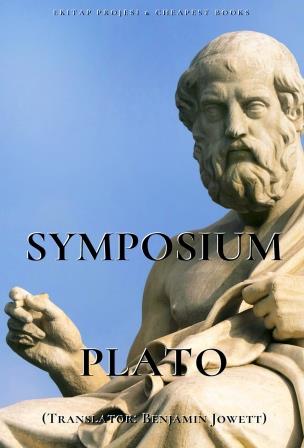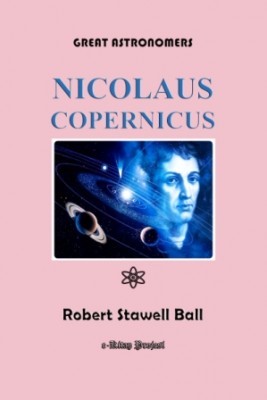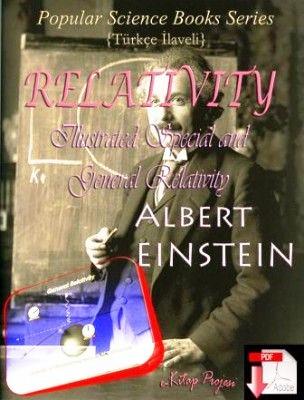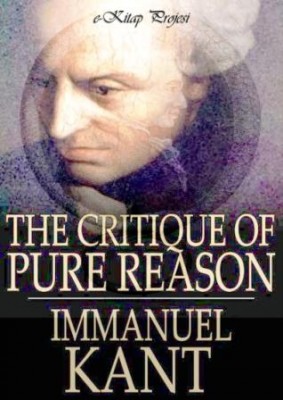More Search Results...
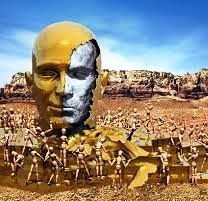
Great Astronomers (Isaac Newton)
IT was just a year after the death of Galileo, that an infant came into the world who was christened Isaac Newton. Even the great fame of Galileo himself must be relegated to a second place in comparison with that of the philosopher who first expounded the true theory of the universe.
More info →Spiders
THE modest dimensions of this book are perhaps sufficient indication that it is not intended as an aid to the collector. There are about five hundred and fifty known species of spiders in the United Kingdom alone, and at least an equal number of pages would be needed to describe them.
More info →Solid Geometry with Problems and Applications
In re-writing the Solid Geometry the authors have consistently carried out the distinctive features described in the preface of the Plane Geometry. Mention is here made only of certain matters which are particularly emphasized in the Solid Geometry.
Owing to the greater maturity of the pupils it has been possible to make the logical structure of the Solid Geometry more prominent than in the Plane Geometry. The axioms are stated and applied at the precise points where they are to be used. Theorems are no longer quoted in the proofs but are only referred to by paragraph numbers; while with increasing frequency the student is left to his own devices in supplying the reasons and even in filling in the logical steps of the argument. For convenience of reference the axioms and theorems of plane geometry which are used in the Solid Geometry are collected in the Introduction.
More info →From Copernicus to Einstein
THIS little book purports to serve as an introduction to the great problems of space, time and motion. The inquiries it is concerned with are very old. Men have been forming ideas concerning space and time since times immemorial, and curiously enough, have been writing and fighting about these things with the greatest interest, even fanaticism.
More info →Anatomy of the Cat
ALTHOUGH the cat has long been in common use for the practical study of mammalian anatomy, a clear, correct, not too voluminous account of its structure, such as should be in the hands of students in the laboratory, has remained a desideratum. A number of works have been published on the cat, some of them of much value, yet there is none which fulfils exactly the conditions mentioned.
More info →Life and Habit
One more point deserves notice. Butler often refers in “Life and Habit” to Darwin’s “Variations of Animals and Plants under Domestication.” When he does so it is always under the name “Plants and Animals.” More often still he refers to Darwin’s “Origin of Species by means Natural Selection,” terming it at one time “Origin of Species” and at another “Natural Selection,” sometimes, as on p. 278, using both names within a few lines of each other. Butler was as a rule scrupulously careful about quotations, and I can offer no explanation of this curious confusion of titles.
More info →Symposium
The Symposium is a philosophical text by Plato dated c. 385-370 BC. It depicts a friendly contest of extemporaneous speeches given by a group of notable men attending a banquet. The men include the philosopher Socrates, the general and political figure Alcibiades, and the comic playwright Aristophanes.
More info →Great Astronomers (Nicolaus Copernicus)
Copernicus, the astronomer, whose discoveries make him the great predecessor of Kepler and Newton, did not come from a noble family, as certain other early astronomers have done, for his father was a tradesman. Chroniclers are, however, careful to tell us that one of his uncles was a bishop. We are not acquainted with any of those details of his childhood or youth which are often of such interest in other cases where men have risen to exalted fame.
More info →Relativity
Near the beginning of his career, Einstein thought that Newtonian mechanics was no longer enough to reconcile the laws of classical mechanics with the laws of the electromagnetic field. This led to the development of his special theory of relativity. He realized, however, that the principle of relativity could also be extended to gravitational fields, and with his subsequent theory of gravitation in 1916, he published a paper on the general theory of relativity. He continued to deal with problems of statistical mechanics and quantum theory, which led to his explanations of particle theory and the motion of molecules. He also investigated the thermal properties of light which laid the foundation of the photon theory of light. In 1917, Einstein applied the general theory of relativity to model the large-scale structure of the universe.
More info →The Critique of Pure Reason
Human reason, in one sphere of its cognition, is called upon to consider questions, which it cannot decline, as they are presented by its own nature, but which it cannot answer, as they transcend every faculty of the mind.
It falls into this difficulty without any fault of its own. It begins with principles, which cannot be dispensed with in the field of experience, and the truth and sufficiency of which are, at the same time, insured by experience. With these principles it rises, in obedience to the laws of its own nature, to ever higher and more remote conditions.


























